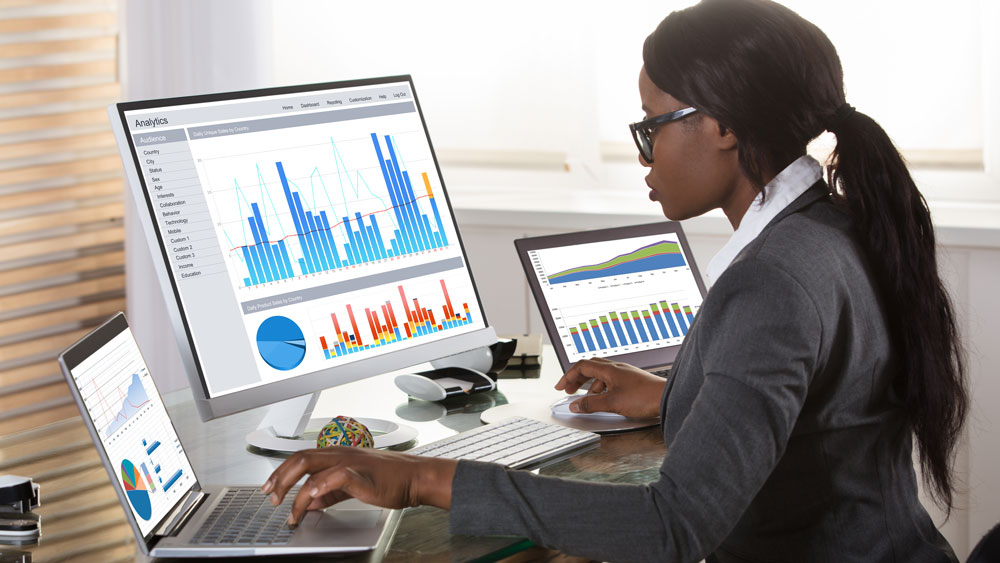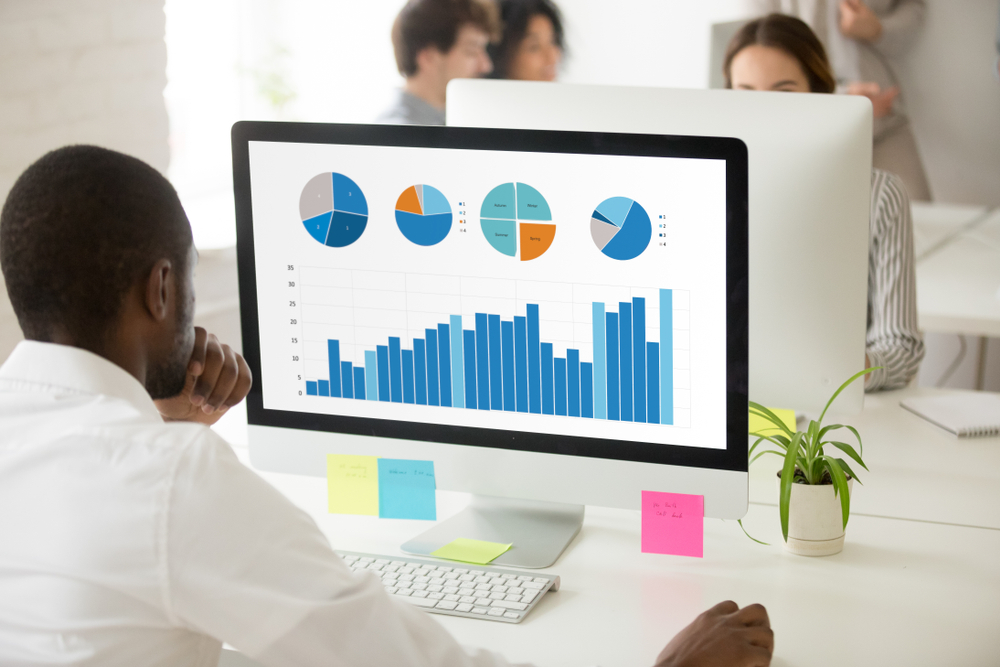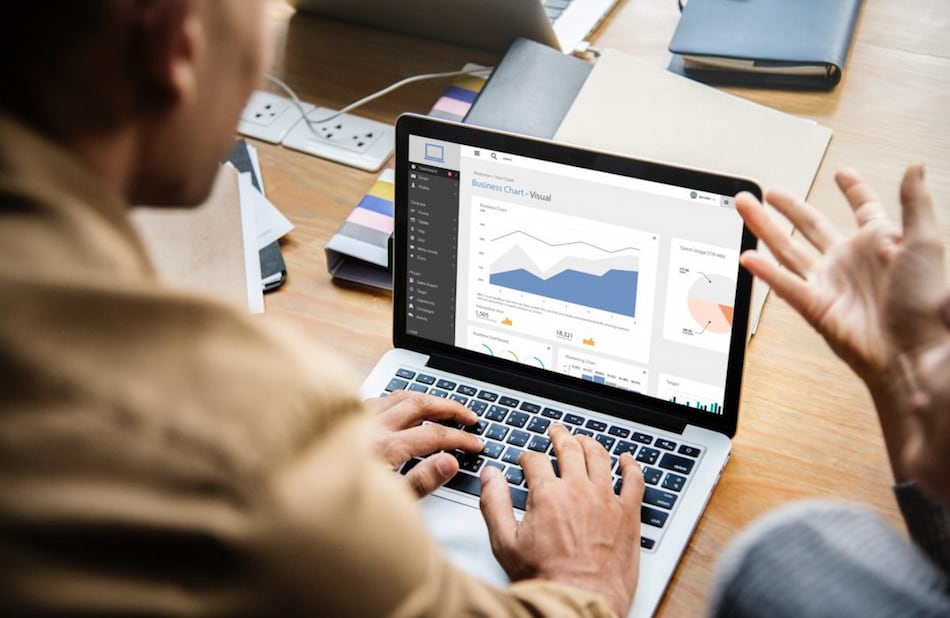The rich variety of data that enterprises induce contains precious perceptivity, and data analytics is the way to unleash them. Data analytics can help an association with everything from bodying a marketing pitch for an individual client to relating and mollifying pitfalls to its business.
Let's take a look at five of the benefits of using data analytics.
1. Personalize the client experience
Businesses collect client data from numerous different channels, including physical retail, e-commerce, and social media. By using data analytics to produce comprehensive client biographies from this data, businesses can gain perceptivity into client geste to give a more individualized experience.
Take a retail apparel business that has an online and physical presence. The company could dissect its deal data together with data from its social media runners and also produce targeted social media juggernauts to promote their-commerce deals for product orders that the guests are formerly interested in.
Associations can run behavioral analytics models on client data to optimize the client experience further. For illustration, a business could run a prophetic model on e-commerce sale data to determine products to recommend at checkout to increase deals.
2. Inform business decision-making
Enterprises can use data analytics to guide business opinions and minimize financial losses. Prophetic analytics can suggest what could be in response to changes to the business, and conventional analytics can indicate how the business should reply to these changes.
For case, a business can model changes to pricing or product immolations to determine how those changes would affect client demand. Changes to product immolations can be A/ B tested to validate the suppositions produced by similar models. After collecting deal data on the changed products, enterprises can use data analytics tools to determine the success of the changes and fantasize the results to help decision-makers choose whether to roll the changes out across the business.
3. Streamline operations
Associations can ameliorate functional effectiveness through data analytics. Gathering and assaying data about the force chain can show where product detainments or backups appear and help prognosticate where future problems may arise. However, an enterprise could condense or replace this seller to avoid product detainments, If a demanding cast shows that a specific seller will not be suitable to handle the volume needed for the vacation season.
In addition, numerous businesses — particularly in retail — struggle to optimize their force situations. Data analytics can help determine the optimal force for all of an enterprise's products grounded on factors similar to seasonality, leaves, and temporal trends.
4. Alleviate threats and handle lapses
Pitfalls are everyplace in business. They include client or hand theft, uncollected receivables, hand safety, and legal liability. Data analytics can help an association understand pitfalls and take preventative measures. For case, a retail chain could run a propensity model — a statistical model that can prognosticate unborn conduct or events — to determine which stores are at the loftiest threat for theft. The business could also use this data to determine the quantum of security necessary at the stores, or indeed whether it should divest from any locales.
Businesses can also use data analytics to limit losses after a reversal occurs. However, it can use data analytics to determine the optimal price for a concurrence trade to reduce force, If a business overestimates demand for a product. An enterprise can indeed produce statistical models to automatically make recommendations on how to resolve intermittent problems.
5. Enhance security
All businesses face data security threats. Organizations can use data analytics to diagnose the causes of past data breaches by processing and visualizing relevant data. For instance, the IT department can use data analytics applications to parse, process, and visualize their audit logs to determine the course and origins of an attack. This information can help IT locate vulnerabilities and patch them.
IT departments can also use statistical models to prevent future attacks. Attacks often involve abnormal access behavior, particularly for load-based assaults such as a distributed denial-of-service (DDoS) attack. Organizations can set up these models to run continuously, with monitoring and alerting systems layered on top to detect and flag anomalies so that security pros can take action immediately.
Start realizing the benefits of data analytics
To gain the best results from data analytics, an enterprise needs to polarize its data for easy access in a data storehouse. Sew is a simple data channel that can replicate all of your association's data to your storehouse of choice.
To learn all these things you need a deep knowledge of data analytics. Syntax technologies provide the best remote data analytics course. Enroll now!















.png)
.png)

.png)

.png)
.png)



.png)
.png)
